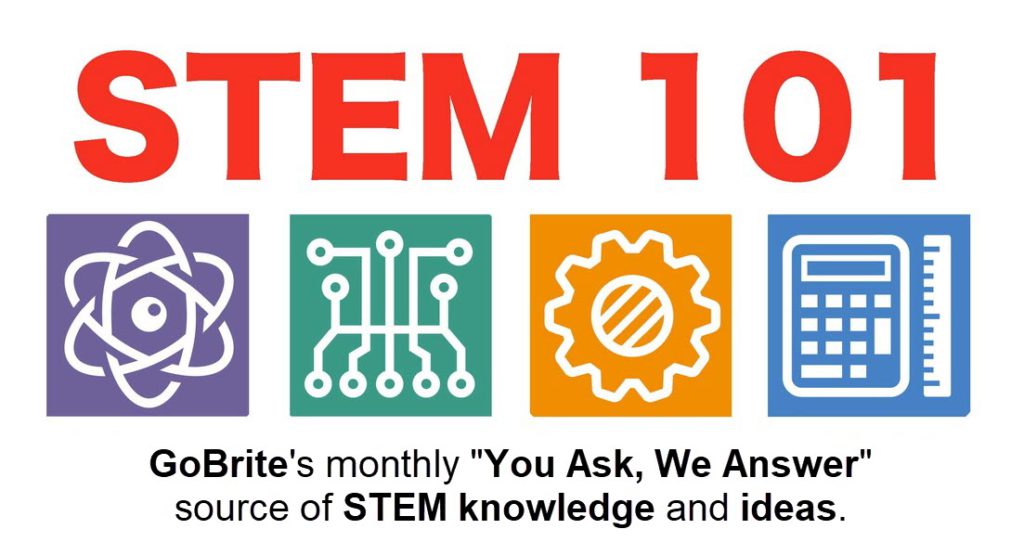
What is STEM?
Simply stated the acronym STEM stands for Science Technology Engineering and Mathematics. But beyond the teaching of these specific disciplines STEM education is much much more!
How does stem education differ?
STEM is Intrinsically Interdisciplinary
First and foremost STEM weaves these disciplines into a single fabric. Let’s be honest, you can’t really learn physics without mathematics. The construction of even the simplest engineering task requires both physics and mathematics. So rather than teach them separately, STEM aims to demonstrate to the students the interwoven and interdisciplinary nature of these disciplines.
As a philosophy, STEM is meant to create a learning experience that integrates all four disciplines in a way that forces the student to use cross-disciplinary knowledge to solve problems.
STEM Curriculum Addresses Real-World Issues
Let me emphasize the last point. By focusing on real world issues, questions with relevance beyond the classroom, STEM education bridges the gap between disassociated rote learning and the lives of the participants and their families outside the school walls. This immediacy and relevance cannot be discounted as a simple gimmick. This approach is an integral part of what the STEM curriculum is all about and what makes it so attractive and engaging to its participants.
STEM Favors Collaborative Projects
Few real-world tasks are completed by single individuals. Invariably most significant accomplishments are a result of the combined efforts of multiple players. STEM curriculum aspires to develop these ”soft skills” and make them part and parcel of what STEM means to its participants.
Project-based Learning
With this approach, students get to learn and apply new knowledge into developing a project. Using the EDP, they perform research on a given topic or problem and create unique solutions while coming up with new conclusions. Students take full control over their projects, which encourages them to become motivated learners. Examples of project-based learning could be programming automated models or designing an app.
Problem-based Learning
Similar to project-based learning, students must analyze and evaluate a problem given to them. Moreover, the problem is generally open-ended and leaves room for students to think of their innovative solutions. Teachers facilitate teamwork and communication amongst students, while students can work on their communication and leadership skills. Examples of problem-based learning could be cleaning up an oil spill or installing solar panels in buildings.
Inquiry-based Learning
With this approach, students are encouraged to ask as many questions they can around a subject. Students perform detailed research to come up with new conclusions and train them to think critically. This approach highlights the role students have in their own learning and encourages them to become self-motivated learners.
Are we missing something? Please share your insights and suggestions in the comment section below!
- Popular Kids Education Platforms Review - February 10, 2023
- Pros and Cons of Opening a Kids Coding Franchise - January 31, 2023
- How can coding help kids reduce screen addiction - January 30, 2023